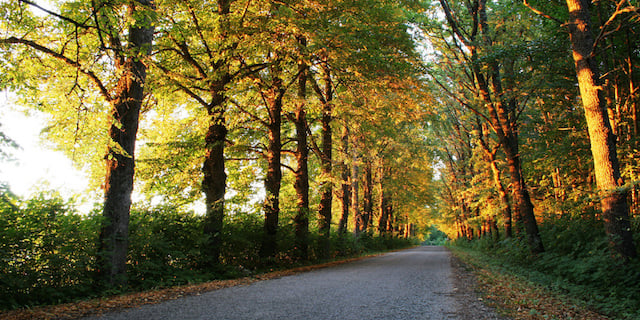
Jul
Brisbane: preparing your home for autumn
A Brisbane autumn is a far cry from the autumns that many people imagine. Given Brisbane's subtropical climate, autumn is almost instinguishable from summer on an aesthetic level - you won't see that many (if any) trees experience a change in the colour of their leaves. But while a Brisbane autumn isn't your typical affair, the weather still does go through some key changes. As such, so do some of the things you need to account for in your home.

Autumn in Brisbane
Generally, the first month of autumn in Brisbane isn't that much different from summer. March is still a relatively hot month, so much of the heat and humidity will feel comparable to how it does in February. It's not until April, typically, that the feel of autumn starts to rear its head. During this month, temperatures will progressively start to drop, as will humidity. In particular, mornings will have a more noticeable crispness to them, thanks largely in part to a reduction in humid conditions.
Finally, by May, the usual experience is that of cooler days. The average high in May is approximately 5 degrees cooler than the average high in February, and the average low is around 8 degrees cooler. It certainly makes for nice, cool mornings. And, once again thanks to reduced average humidity levels, the daytime sun is nowhere near as intense as that experienced during summer.
Warmth in your home
With the decrease in temperature and humidity, it means that your home will naturally become cooler. The thing with humidity is that it can keep things incredibly hot and muggy, even at night. But once humidity reduces, staying cool becomes as easy as standing in the shade. Without humidity, the sun's rays don't really affect the interiors of your home except for those exposed to direct sunlight. So as autumn sets in, you may need to think of ways of allowing more direct sunlight into your home.
Curtains
You can achieve this in a few ways, but one common way is to ensure that you're tying your curtains back more often - especially on the side/s of your home most commonly hit by the sun. But even if there aren't too many spots where the sun manages to directly shine in, remember that as long as you're letting more light in, - which is always achieved when keeping your curtains open - it will help your home get a little more warm inside.
Outdoor plants
Sometimes outdoor plants/trees can end up blocking the sun from properly reaching your home. Keep in mind that you don't have to necessarily start uprooting your plants or trees, but rather a simple trim could help give the sun a greater chance of htting your home. Just be careful with how much you trim, however, as some plants and trees can struggle to stay healthy during winter. Cut off too much and you may end up killing them.
Closing up
Whereas in summer you may open up your home more to allow for greater airflow, doing the same in the later months of autumn will likely make the inside of your home a little too cold. While you'll still want fresh air coming in, you can easily achieve that by having your windows open a little - enough for fresh air, but not too much that the cool air from outside will completely flood your home.
Other options
You can also consider options such as home insulation, moving to living areas where there's more sun/temperatures are more consistent, and, of course, using heaters if you're particularly sensitive to the cold. But, as it is autumn, you may not need to rely on the latter until you hit winter.







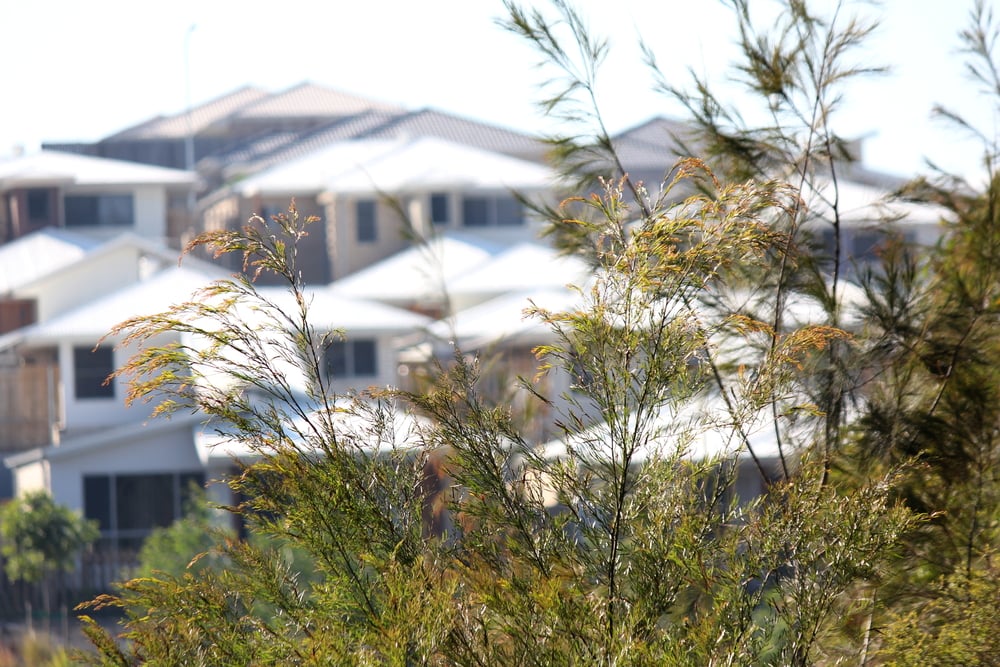


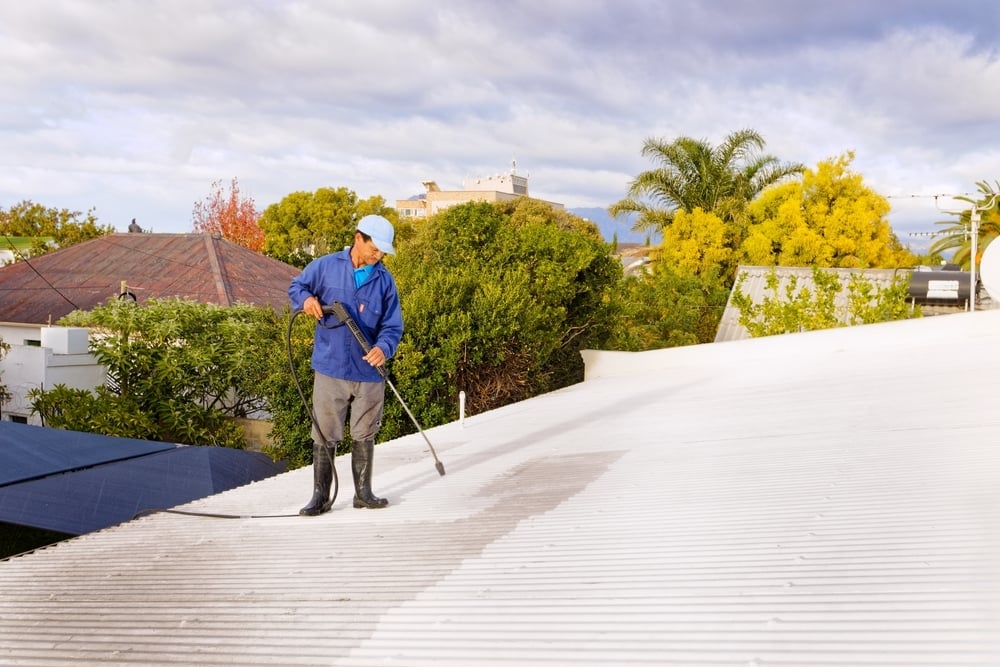
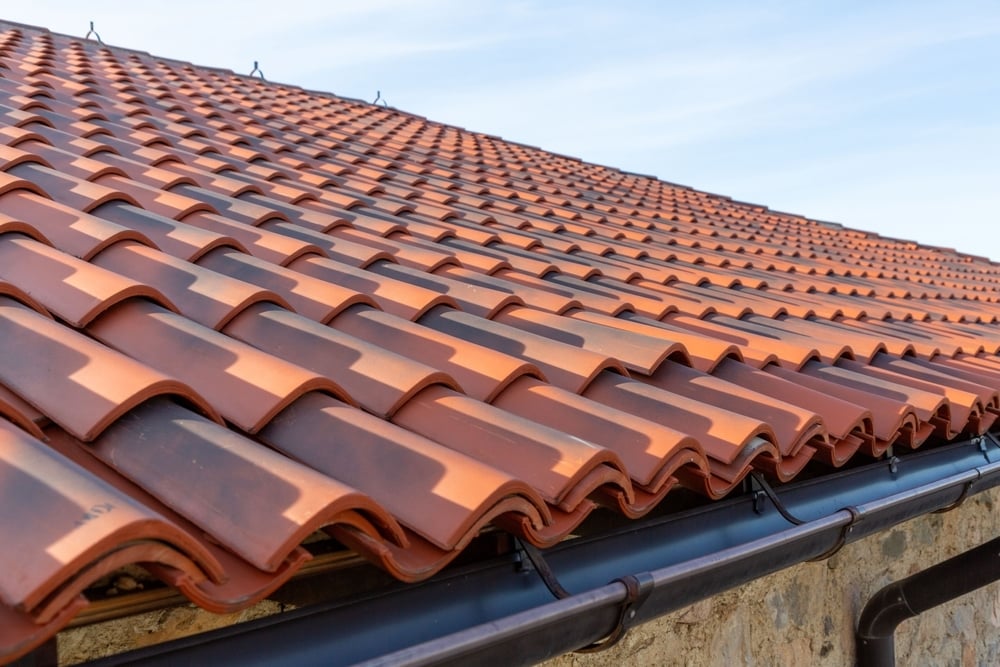
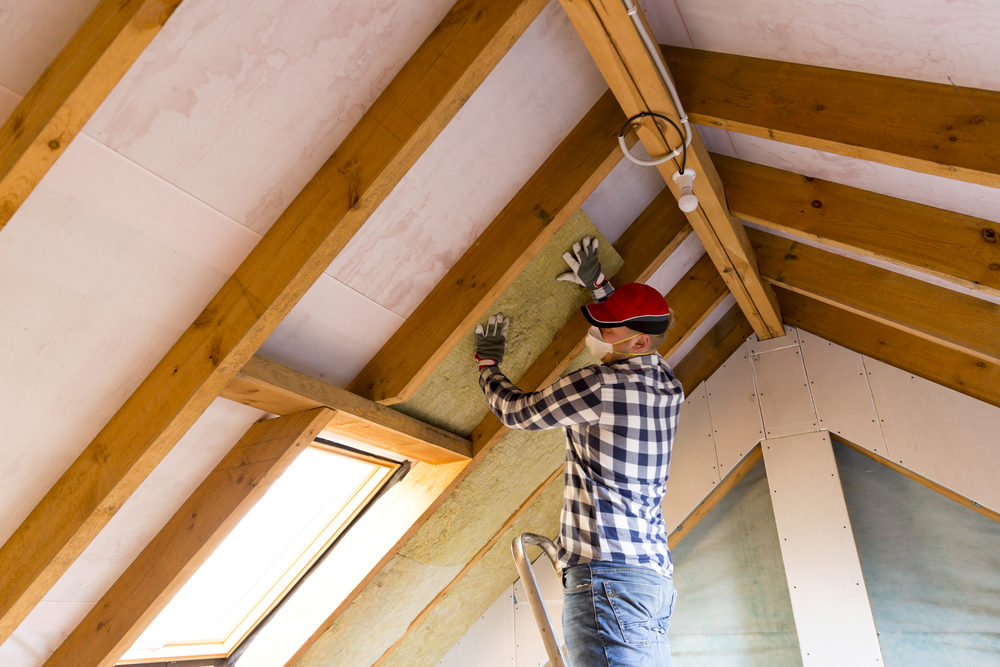
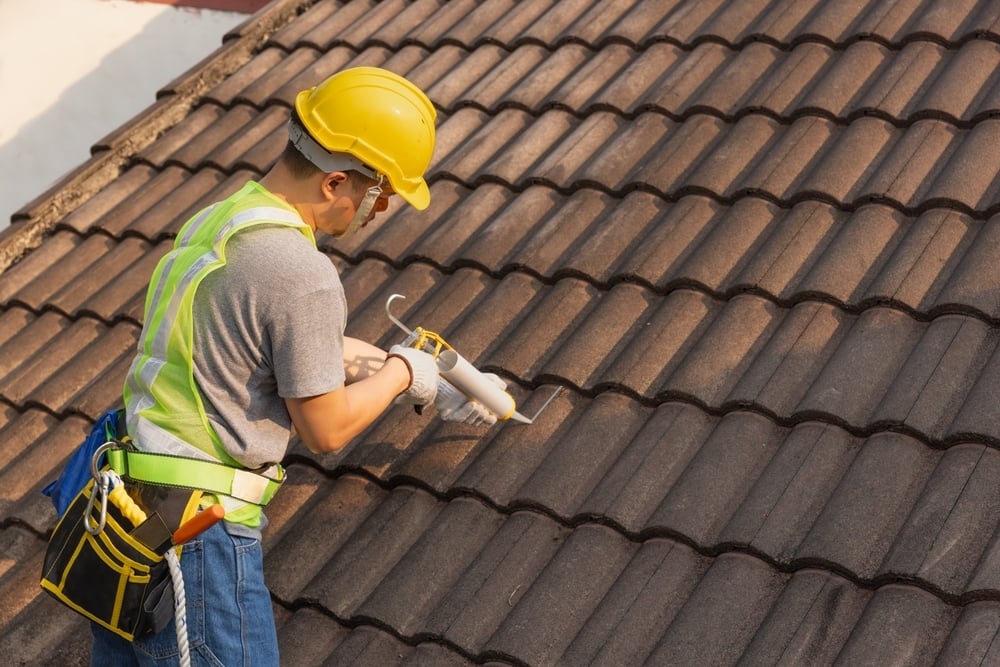
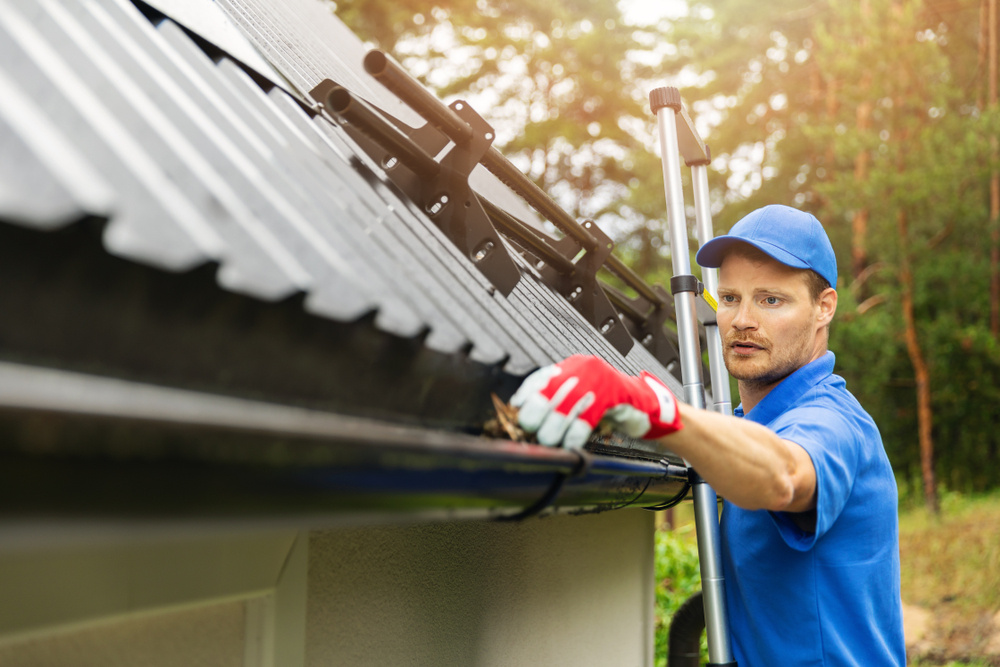

.jpg)

.jpg)













